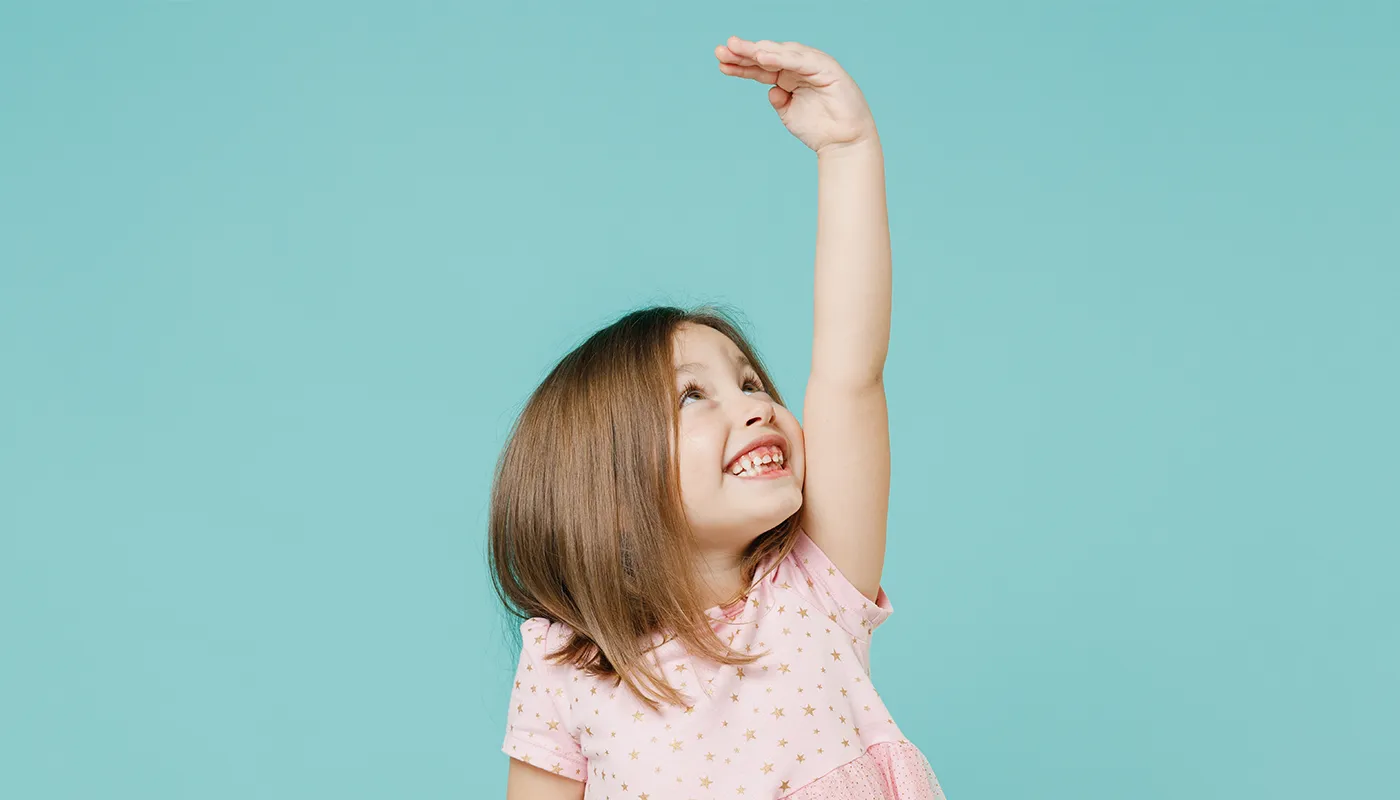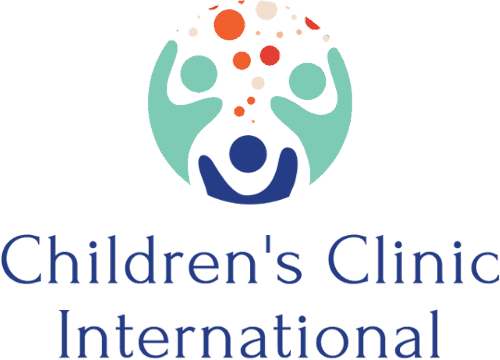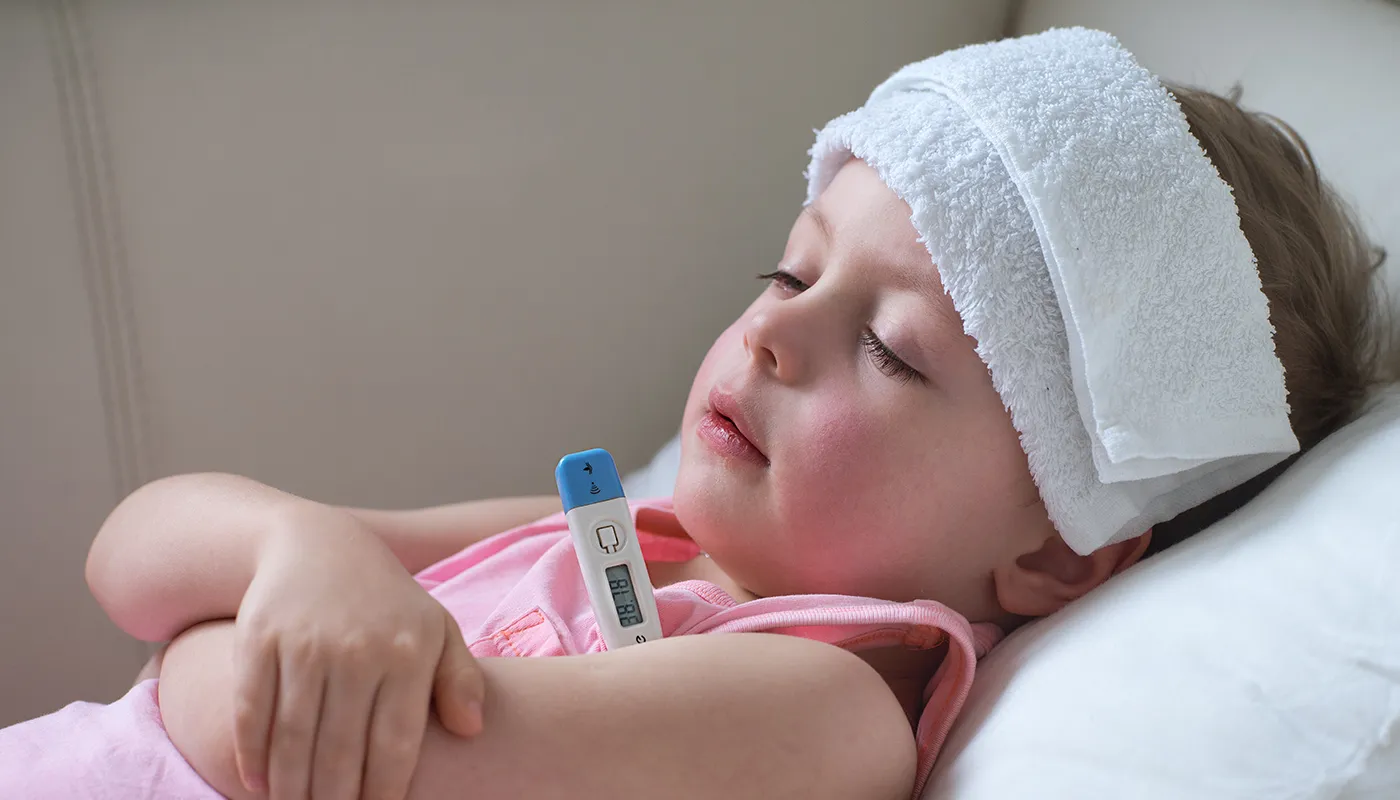Developmental Milestones: Development From Age 4-5 Years

This is a period of growth in independence and creativity, where children realize more and more, they are their own independent person and understand more of how the world works.
As your child grows you will notice new and exciting abilities that your child develops. While children may progress at different rates, the following are some common milestones children may reach in this age group.
What do I expect my 4- to 5-year-old child to say?
Speech should be mostly clear, with only at most a few sounds that are not clear (some sounds can take until age 7 for all children to enunciate clearly). Overall vocabulary is very rich, with thousands of words and longer sentences. Usually, there is creativity, with stories being told, and often endless questions.
As a child’s vocabulary increases, so does his/her understanding and awareness of the world around them. Children at this age begin to understand concepts and can compare abstract ideas.
What should a child this age understand?
Their understanding of the world around them increases tremendously. Children start to comprehend time, and be truly aware they are independent people. Sometimes they can believe thinking something will make it happen. Children can understand and follow rules, but it is usually very “concrete,” with the understanding of why something is right or wrong very limited. Children can follow more complex, multi-step instructions.
Most children will know their address and school, and know the days of the week and months. Most children learn about money and how to use it.
What about motor skills?
Motor skills of course continue to improve. Children should be able to draw more complex figures and use scissors by age 4. Coordination improves, so being able to balance on one leg or go upstairs one step at a time without holding on is normal. “Sports” activities also get much better, with more accurate kicking and throwing, sometimes catching a ball, and hopefully less tripping over their own feet.
Independence should be there, with children able to bathe and dress themselves more efficiently as they are closer to 5 years old. Starting to do buttons and zippers, able to dress themselves. Sometimes tying shoes. Again, some children have less desire for this, but they should be capable.
What happens with behaviour after age 4?
Tantrums should be lessening, and are usually gone by 4 ½ years. This does not mean moods are all good. Tantrums are usually replaced by some arguing and independence. This typically appears at home, usually with parents. School is typically fine, and your child should be able to maintain friendships. Moods at home can be very intense and disruptive, sometimes needing treatment, but it’s the norm. It is more of a worry if moods are extreme everywhere, affecting school and limiting friendships.
Every child is different, and hits different milestones at different times, often based on just what they love to do the most. It’s important to remember that Pediatricians define a normal time for a milestone as the point 75% of children can do something – so it’s normal for 25% of children to not have reached that stage. If worried, as always, talk to your Pediatrician.

About Author
This article is written by Dr Leo Hamilton, who is a US board-certified Pediatrician since 2003. Dr Leo relocated to Singapore in 2011, caring for expat and Singaporean children from newborns at delivery to teenagers. Beyond his background in Hematology/Oncology, he has an interest in asthma, behavioural issues (primarily ADHD), teen health, and modern management of routine childhood illnesses such as ear infections, bronchiolitis, and pneumonia.


